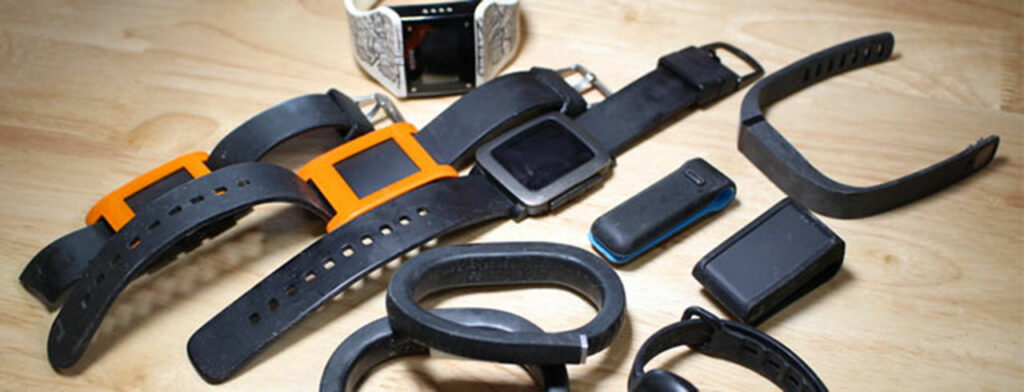
Differentiation Will Break the Health Tech Logjam
Ended soon
Written by: Lew Brown, Partner, bluesalve partners, CEO Motum.ai
In a recent call with a leading Japanese CE manufacturer, we had a chance to talk about the next wave of health tech and its ongoing merger with the world of consumer electronics. The question came up as to which product or service on the market today best exemplified this trend. Has anything broken out? There was silence on the line.
Many CE manufacturers might be similarly stuck for an answer, which is a shame. Thanks to the success of Apple Watch and Fitbit before it, the wrist tracker has become the dominant product paradigm for “health at home” technology. These devices have their purposes and value of course, but the next healthcare market will need much more. Enormous opportunities, both mass and niche, await new innovation.
The Unbearable Sameness of Wearables
The IoT analyst group CSS Insight expects shipments of wrist-worn wearables to hit 232 million units in 2021, a growth of 20% from “an already solid 2020.” Of sales expected in 2021, 142 million units will be smartwatches and 90 million will be simpler fitness trackers. Those are big numbers, but how well do today’s wearable technologies actually satisfy the market?
Not very, unfortunately. Keystone research by Ericsson’s consumer lab pegs the abandonment rate at a striking 30%, with a third of that number giving theirs up after only a few weeks. Those figures remain steady even today. Perhaps not surprisingly, a quarter of users that ditch their wearable cite limited functionality as the reason. The considerable cost of the Apple Watch likely slows some, but not all abandonment.
Utility or Novelty?
Unless you’re an athlete in training or living with a cardio condition, how many times per day do you need to know your heart rate? Or blood oxygen level? Meanwhile, 11 million Americans live with declining vision through macular degeneration. Some 32 million live in pain from osteoarthritis. One in 7 adults are mobility challenged. Almost 40% of people age 65+ suffer progressive memory loss. These are huge markets. Where are the products and services?
As hundreds of wearables duplicate the same me-too functions and 1 out of 3 purchasers abandon their purchase, we may one day find that the real application for smart watches wasn’t healthcare at all. A futurist might say they’re simply the first step toward meaningful on-body computing. A cynic might say they’re a way to sell smartphones and ecosystems. Google Glass wasn’t intended to do any of the things one might hope for from smart eyeglasses. Neither will Apple’s upcoming “smart” eyewear.
What’s Next?
The real opportunities in “health at home” technologies will finally move us beyond the wrist and the gamification of wellness. Hearables will be the next big winners, especially in light of new federal efforts to include hearing aid coverage in the domestic spending bill. The reason why this category will be successful is because it offers direct, tangible value to the end user. Instead of alerting the user that he/she has a problem (the role of most wearables), it addresses their problem.
That simple formula will make many companies successful in this space. Healthcare isn’t a want, it’s a need. In the case of this enormous market opportunity, it’s a constellation of many needs, some highly specialized. Products and services that directly address those needs will find grateful B2B and B2C opportunities. There are many blue oceans out there. Look beyond your watch for navigation.
# # #
